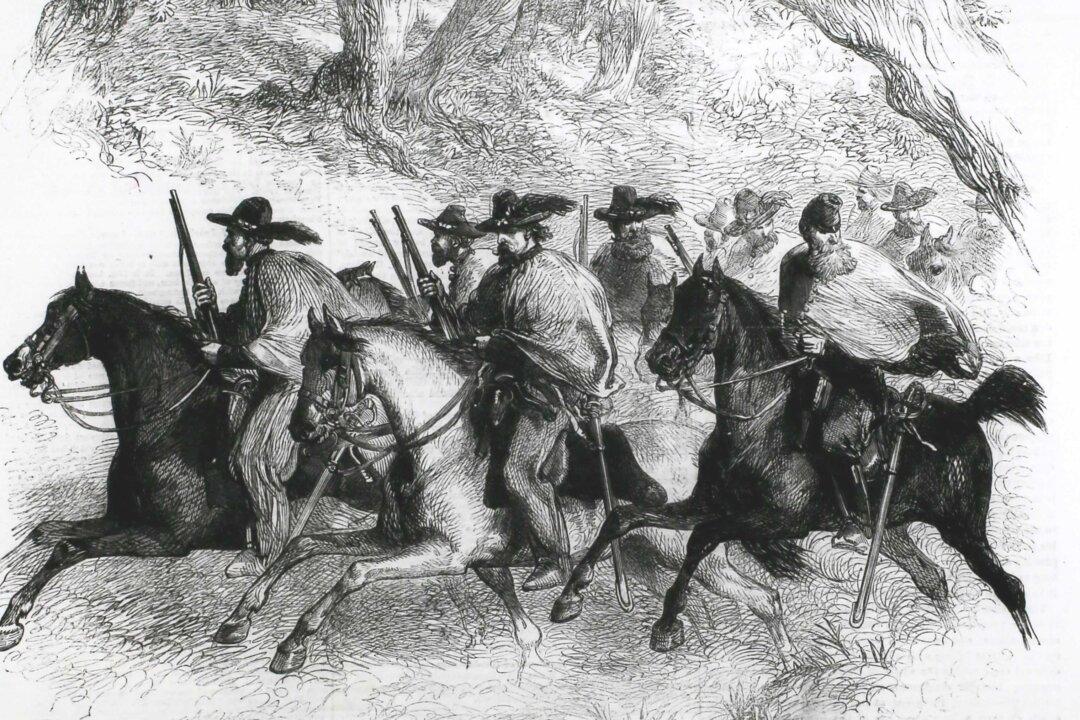Commentary
The debate over the federal Constitution that raged from 1787 into 1788 was fought over a number of concerns, but none was more important than the divisions of power between the states and the federal government.

The debate over the federal Constitution that raged from 1787 into 1788 was fought over a number of concerns, but none was more important than the divisions of power between the states and the federal government.